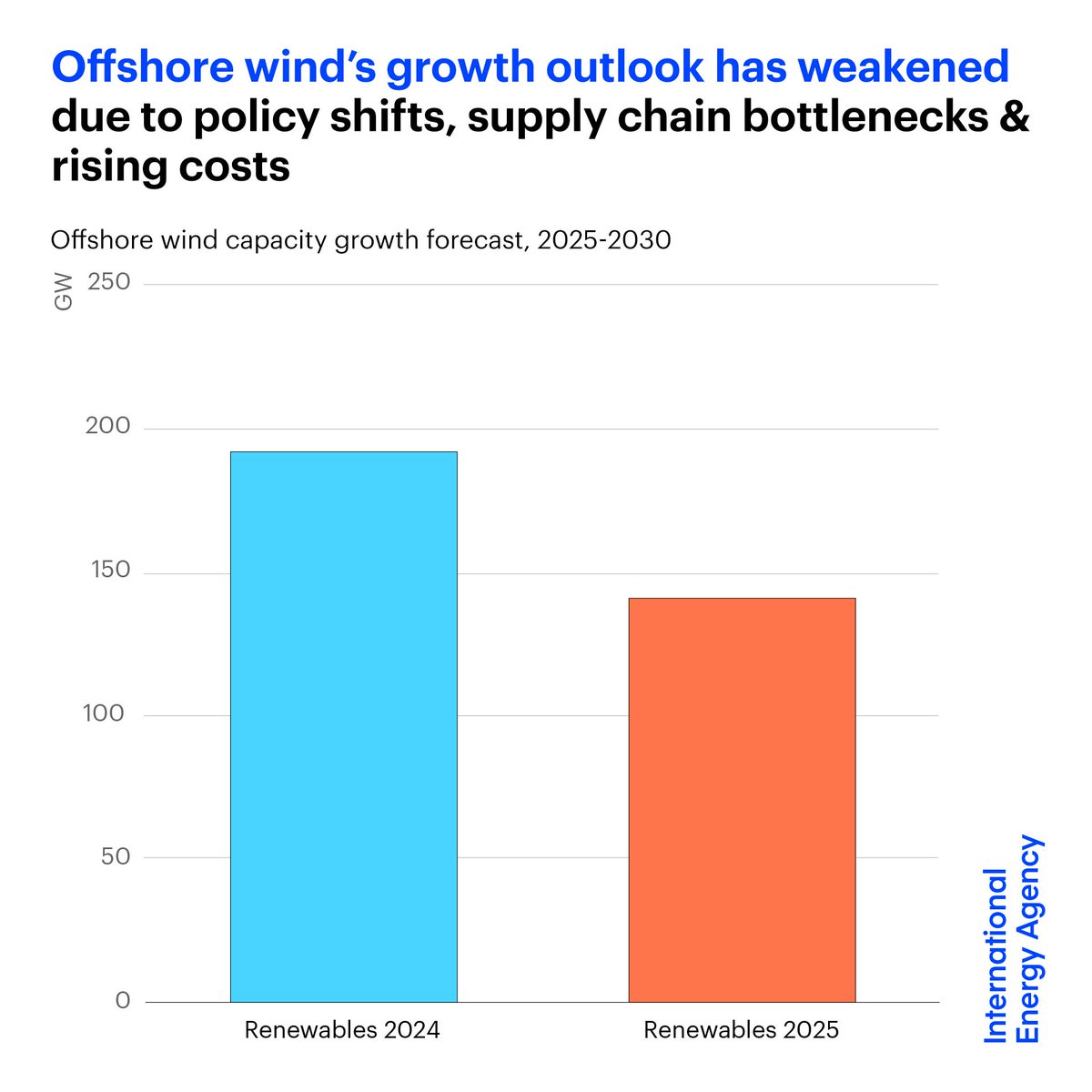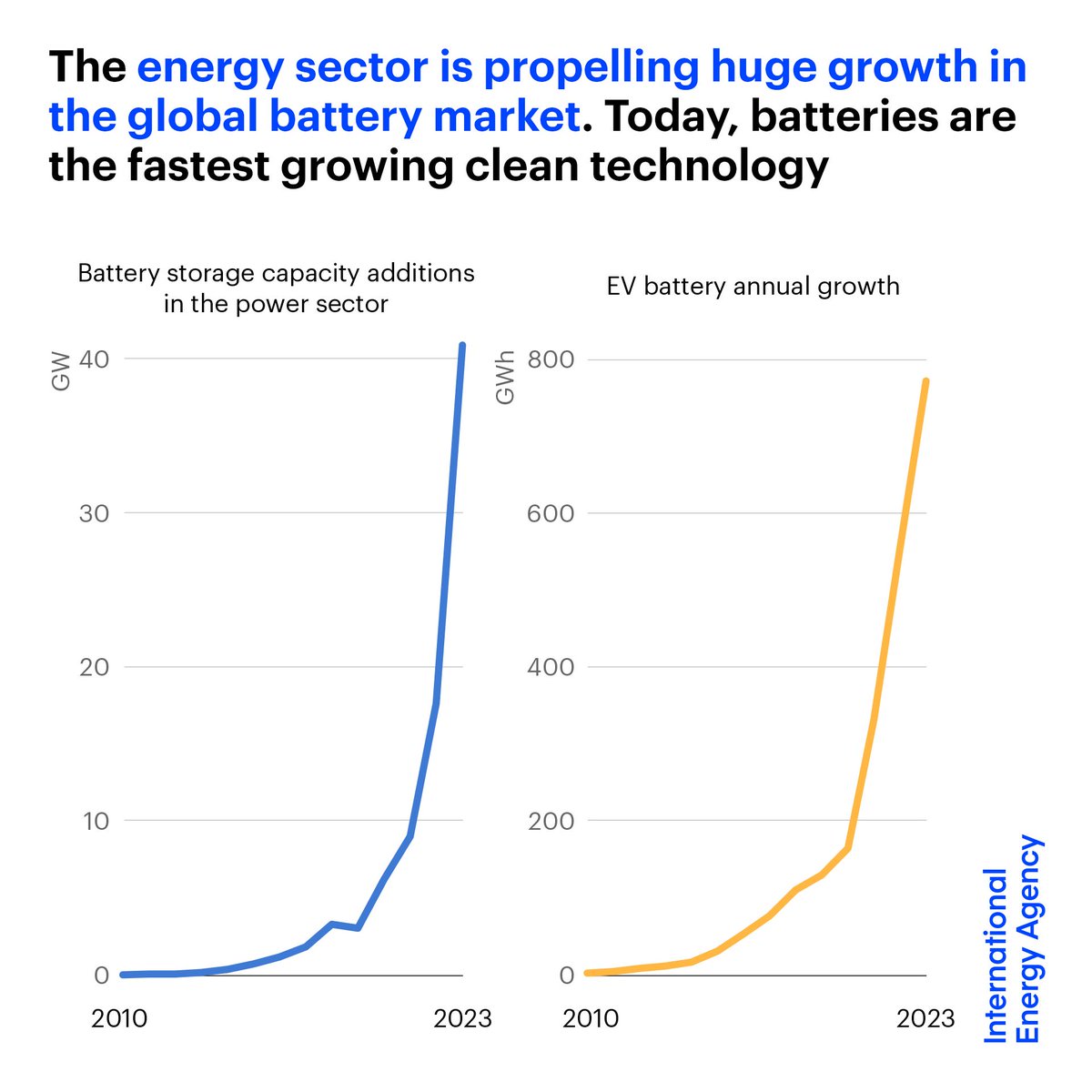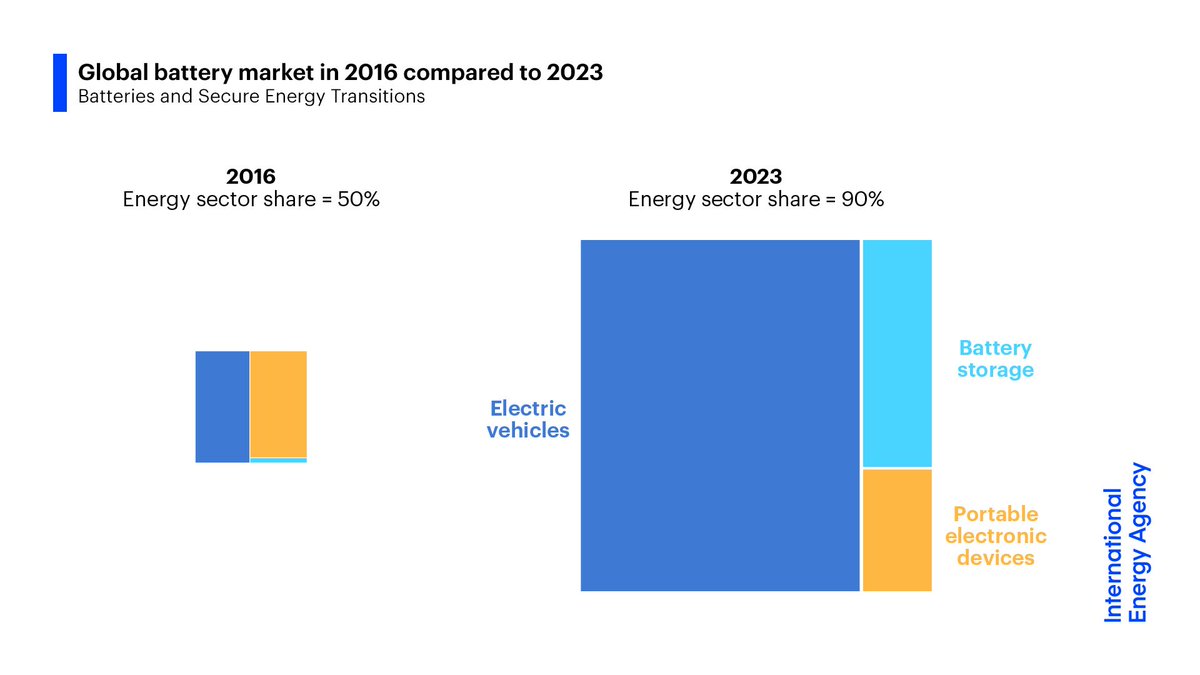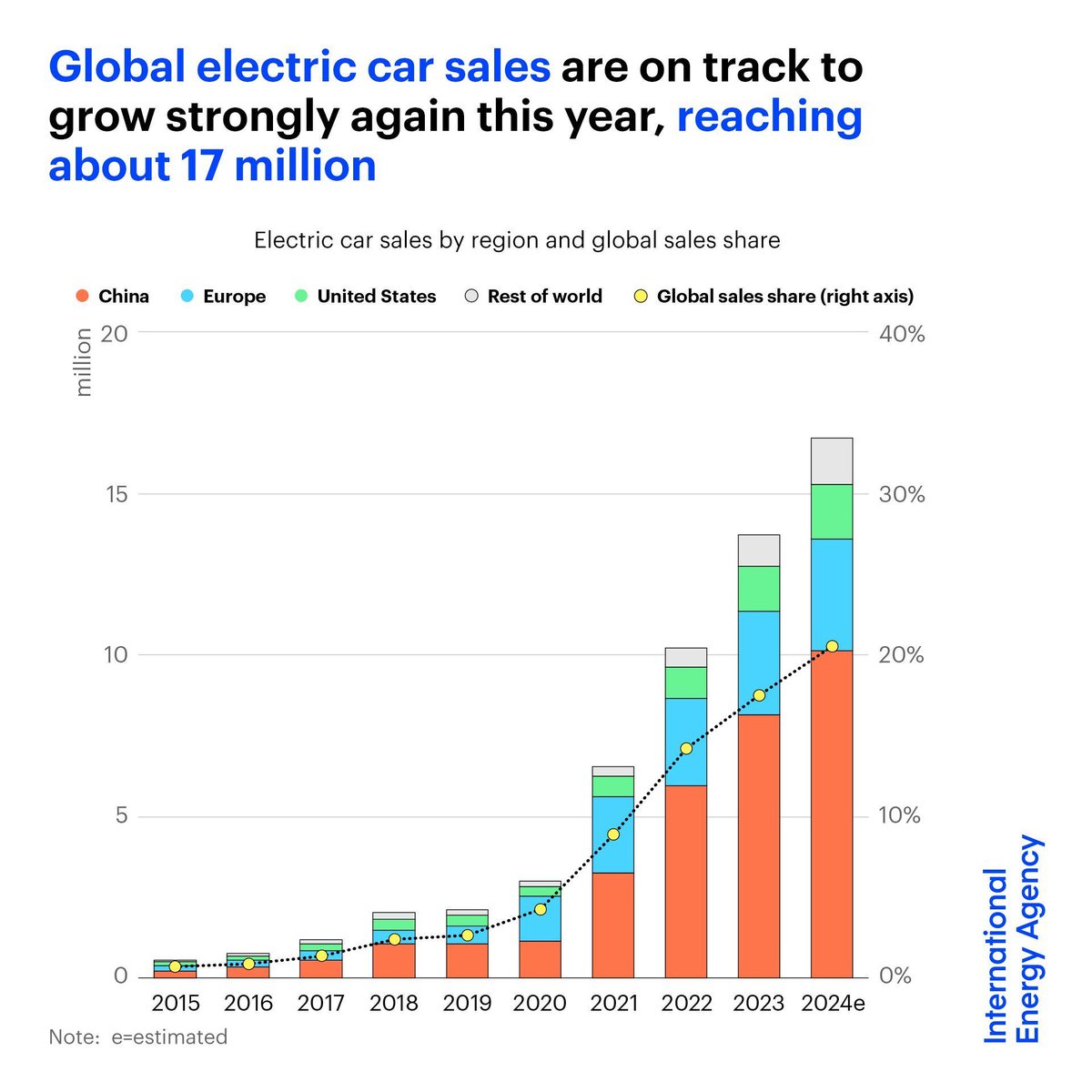New from @IEA: Energy Technology Perspectives 2020!
It shows we need to scale up clean technologies sharply to meet energy & climate goals.
The transition of the power sector can only get us 1/3 of the way there. Other sectors are key.
👉 iea.li/3ihVOsi
It shows we need to scale up clean technologies sharply to meet energy & climate goals.
The transition of the power sector can only get us 1/3 of the way there. Other sectors are key.
👉 iea.li/3ihVOsi
The rise of solar, wind & batteries is cause for optimism, but big challenges remain.
A huge one is emissions from inefficient coal power plants, heavy industries & other existing infrastructure around the world – mostly in emerging Asia.
Read more: iea.li/35ra6Dp
A huge one is emissions from inefficient coal power plants, heavy industries & other existing infrastructure around the world – mostly in emerging Asia.
Read more: iea.li/35ra6Dp
Heavy industry has lots of long-lived assets like steel mills, cement kilns & chemical plants. In emerging Asia, many are still young.
Technologies like hydrogen & CCUS will be crucial to tackle emissions from these facilities, but we need to move quick to get them ready in time
Technologies like hydrogen & CCUS will be crucial to tackle emissions from these facilities, but we need to move quick to get them ready in time
Faster innovation is essential for ramping up the necessary technologies, many of which are still in the early stages of development.
This is particularly the case for areas like trucking, shipping, aviation, steel, cement & chemicals.
Go deeper ➡️ iea.li/3m9w0Ru
This is particularly the case for areas like trucking, shipping, aviation, steel, cement & chemicals.
Go deeper ➡️ iea.li/3m9w0Ru
Governments will need to play a decisive role in accelerating clean energy transitions. Markets are vital for mobilising capital & catalysing innovation, but they will not put the world on a sustainable path on their own.
Our report highlights 5 core areas for policy-making.
Our report highlights 5 core areas for policy-making.

Energy Technology Perspectives 2020 is a major new piece of @IEA analysis. It examines over 800 different technology options to assess what is needed to reach energy & climate goals.
It’s the 1st main report in the ETP series in 3 years after a big revamp. Stay tuned for more!
It’s the 1st main report in the ETP series in 3 years after a big revamp. Stay tuned for more!
• • •
Missing some Tweet in this thread? You can try to
force a refresh






















